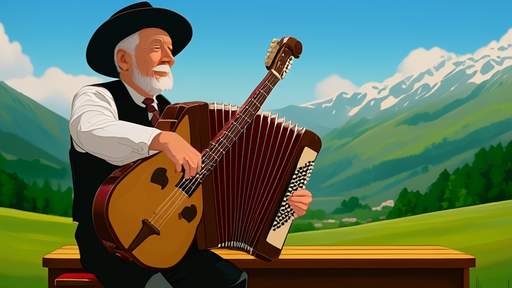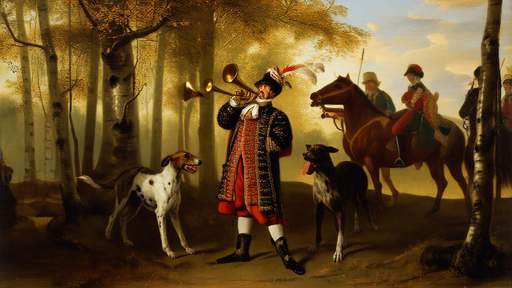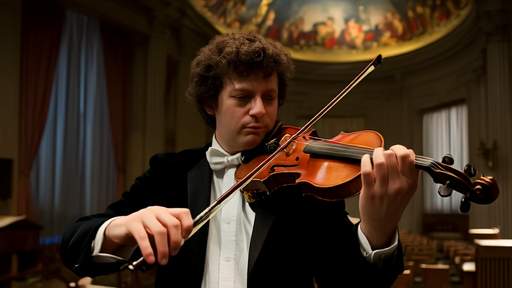The Alpine valleys have long echoed with the haunting melodies of the zither, an instrument that has become synonymous with the cultural identity of Germany’s mountainous regions. The zither, with its delicate strings and resonant tones, serves as both a musical instrument and a storyteller, weaving narratives of Alpine life, love, and loss. For centuries, it has been the voice of shepherds, farmers, and villagers, its notes carrying across the crisp mountain air like a diary written in sound. This is not merely music—it is the soul of the Alps, preserved in strings and wood.
To understand the zither’s significance, one must first appreciate its origins. The instrument, though now deeply associated with Bavaria and the Alpine regions, traces its roots back to medieval Europe. Early forms of the zither were played across the continent, but it was in the secluded villages of the Alps that the instrument found its true home. Here, away from the rapid industrialization of cities, the zither became a fixture in folk traditions, passed down through generations. Its music was not written in formal notation but learned by ear, making each player’s style as unique as their fingerprint.
The zither’s construction is deceptively simple. A flat wooden soundboard, often made of spruce or maple, supports an array of strings—some for melody, others for accompaniment. The player plucks the strings with a thumb pick while pressing the frets with the other hand, creating a sound that is both intimate and expansive. Unlike the guitar or violin, the zither rests on the player’s lap or a table, its vibrations resonating through the body of the musician as much as through the air. This physical connection between player and instrument lends the music an almost conversational quality, as if the zither is responding to the emotions of its performer.
In the Alpine villages, the zither was more than entertainment; it was a communal bond. During long winters, families gathered around the hearth as a zither player filled the room with melodies that spoke of distant pastures, unrequited love, or the changing seasons. At festivals, the instrument’s lively rhythms spurred dancers into motion, while at funerals, its mournful tones provided solace. The zither was, in many ways, the soundtrack of rural life—a constant companion in times of joy and sorrow.
One cannot discuss the German zither without mentioning its most iconic ambassador: Anton Karas. His rendition of "The Third Man Theme" for the 1949 film of the same name catapulted the zither into global fame. Suddenly, an instrument that had been confined to Alpine cottages was heard in concert halls and radio stations worldwide. Yet, Karas himself remained a humble man, a Viennese musician who had learned the zither in taverns and never sought stardom. His success was a double-edged sword—while it brought attention to the zither, it also risked reducing the instrument to a single, albeit beautiful, cliché.
Today, the zither exists in a delicate balance between tradition and modernity. In Germany’s Alpine regions, young musicians still learn the old tunes from their elders, ensuring that the folk repertoire survives. At the same time, contemporary artists experiment with the zither, blending its sounds with electronic music or jazz. Festivals dedicated to the instrument draw crowds, yet many fear that the deeper cultural context—the stories and lifestyles that shaped the music—are fading as rural communities shrink. The zither, once a common household item, is now often seen as a relic, displayed in museums as much as played in homes.
Perhaps the most poignant aspect of the zither’s story is its role as an auditory diary. Each scratch of the pick, each vibrato, carries the weight of generations. When an old Bavarian farmer plays a tune about the first snowfall, he is not just performing—he is adding his voice to a centuries-old chorus. The zither does not merely produce music; it breathes life into memories, preserving the whispers of the Alps long after the players have passed on. In an age of digital noise, the zither remains a testament to the power of simplicity, a reminder that some voices are best heard in the quiet resonance of strings.

By /Jun 6, 2025

By /Jun 6, 2025

By /Jun 6, 2025

By /Jun 6, 2025

By /Jun 6, 2025

By /Jun 6, 2025

By /Jun 6, 2025

By /Jun 6, 2025

By /Jun 6, 2025

By /Jun 6, 2025

By /Jun 6, 2025

By /Jun 6, 2025

By /Jun 6, 2025

By /Jun 6, 2025

By /Jun 6, 2025

By /Jun 6, 2025

By /Jun 6, 2025

By /Jun 6, 2025

By /Jun 6, 2025

By /Jun 6, 2025